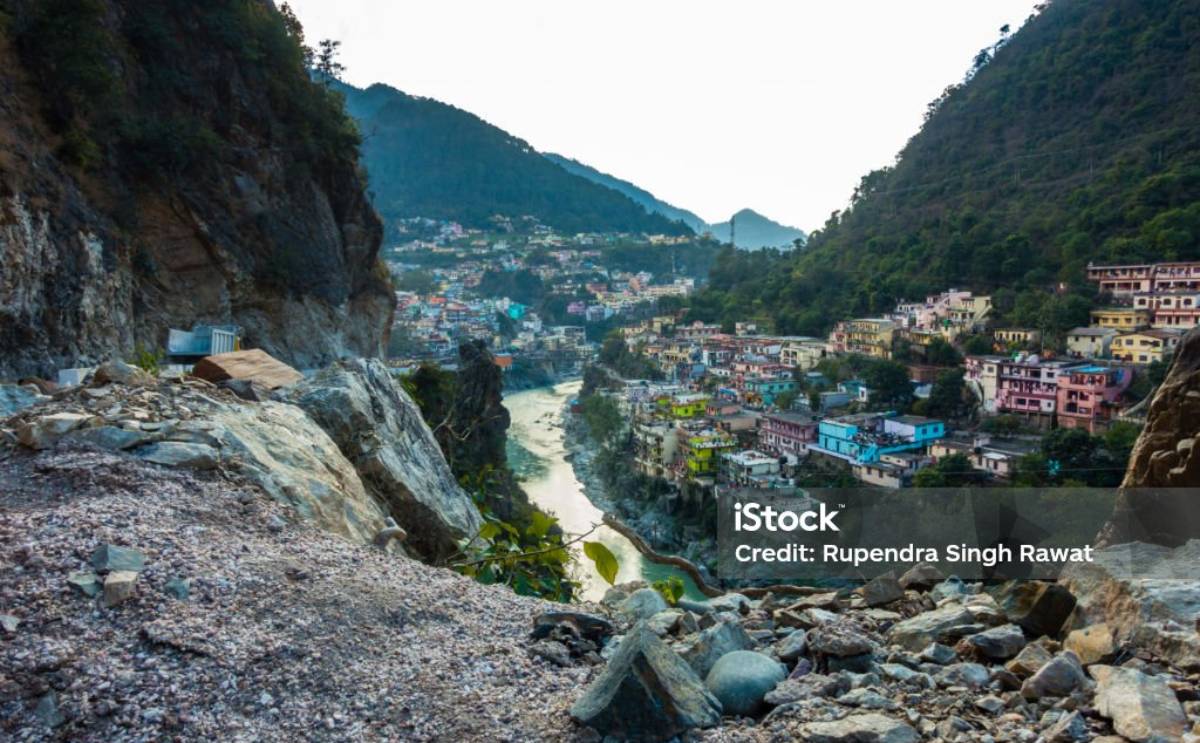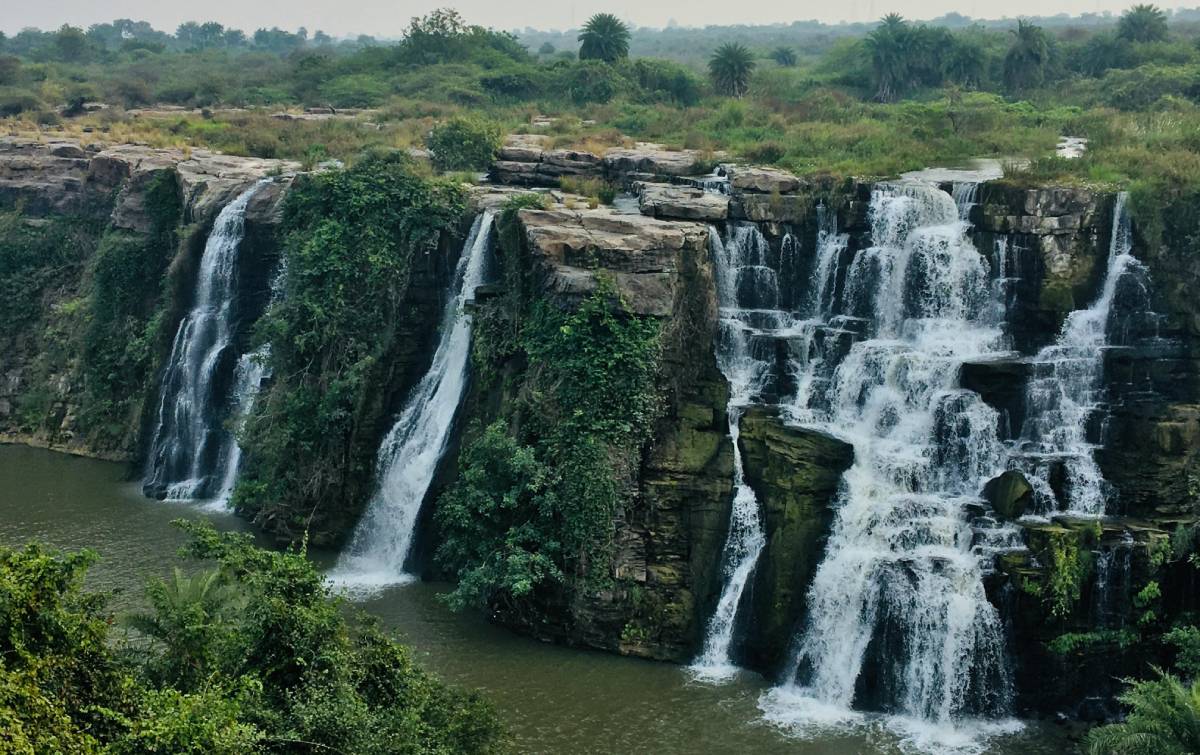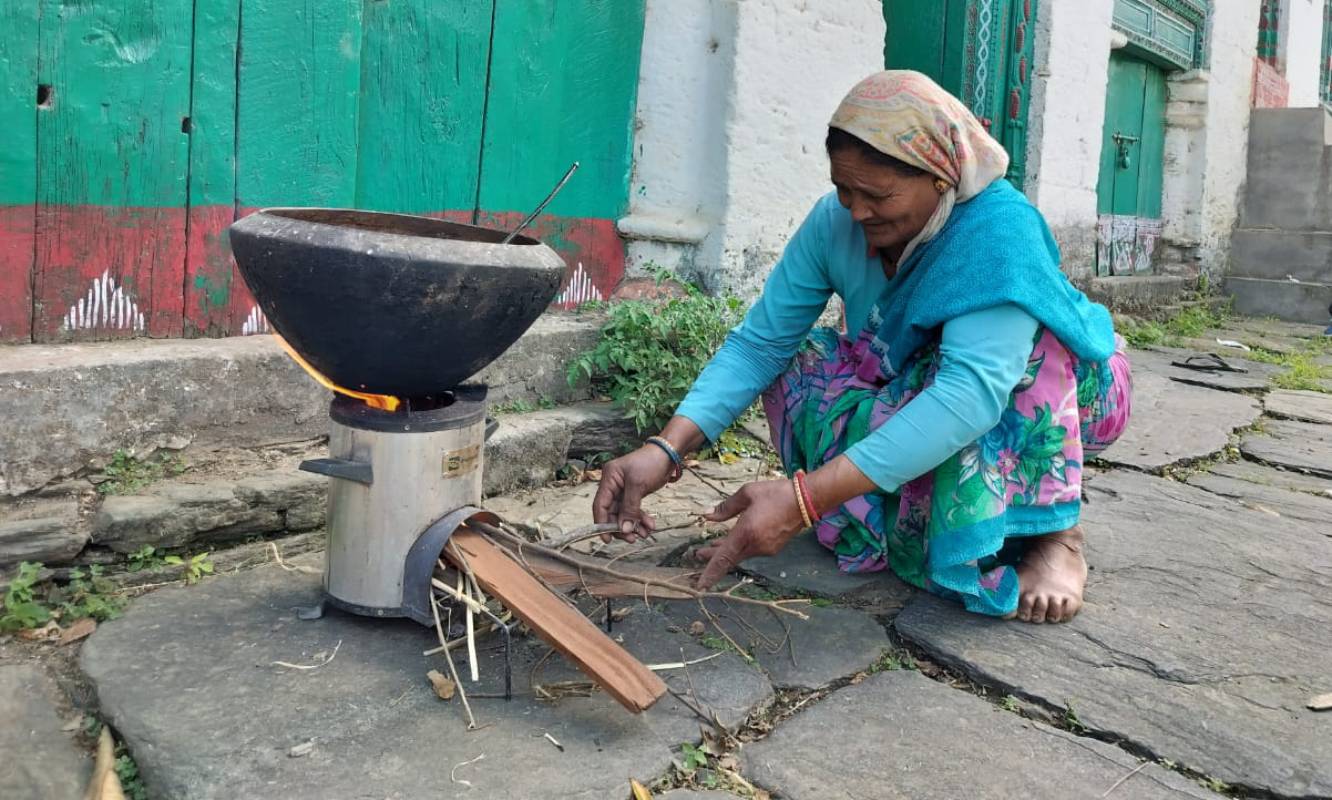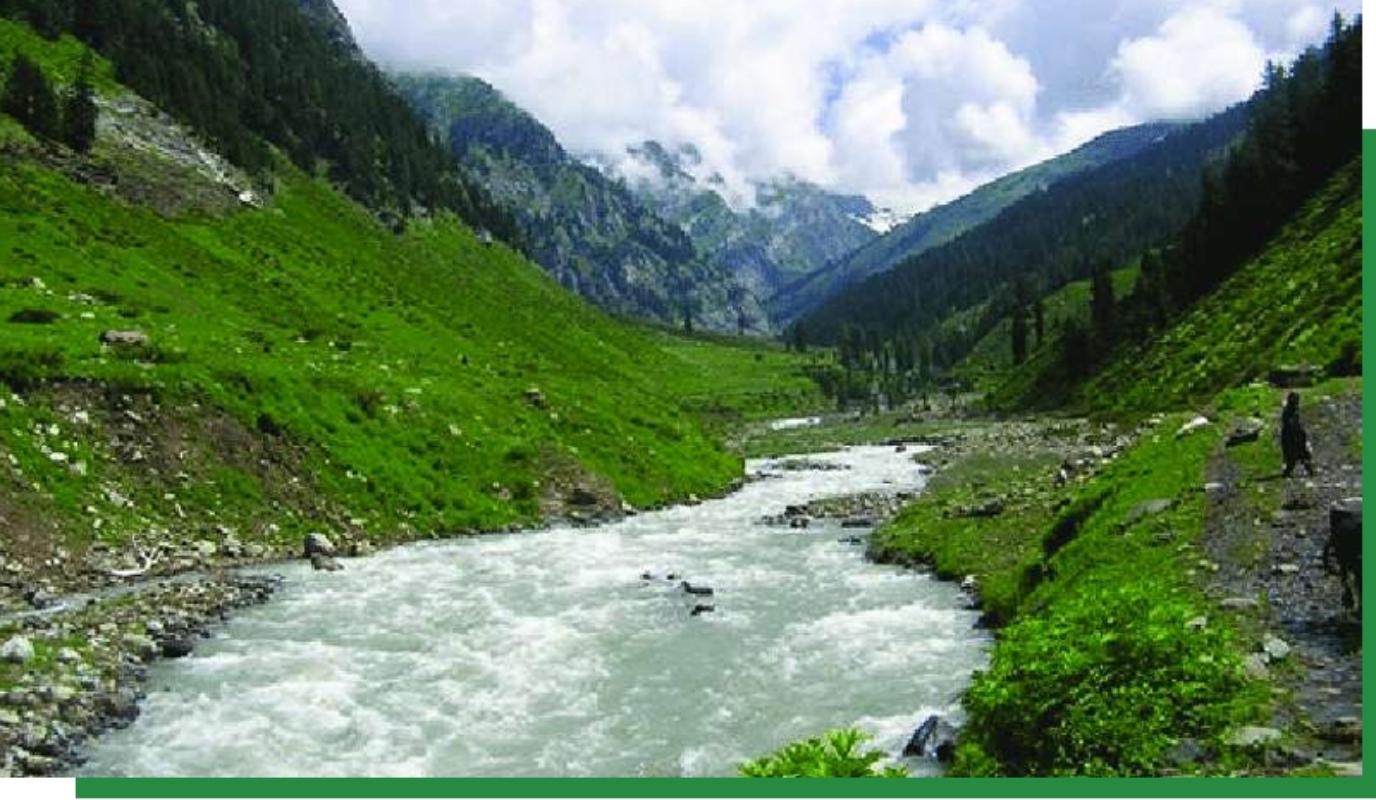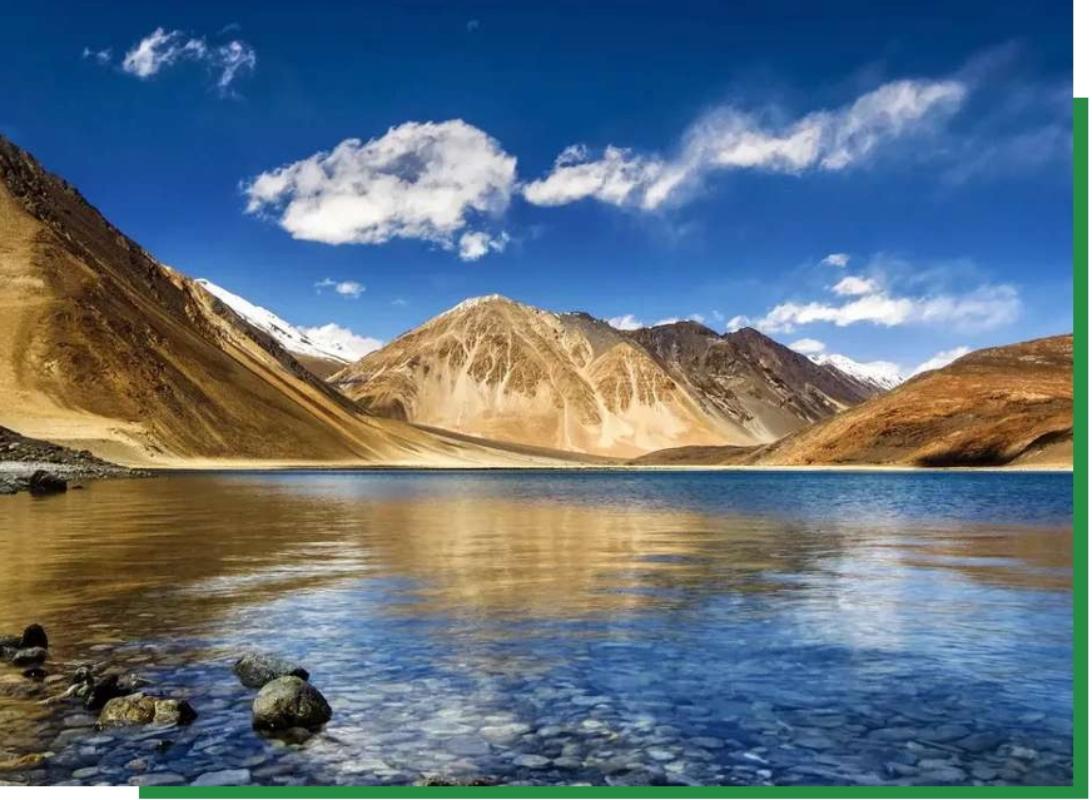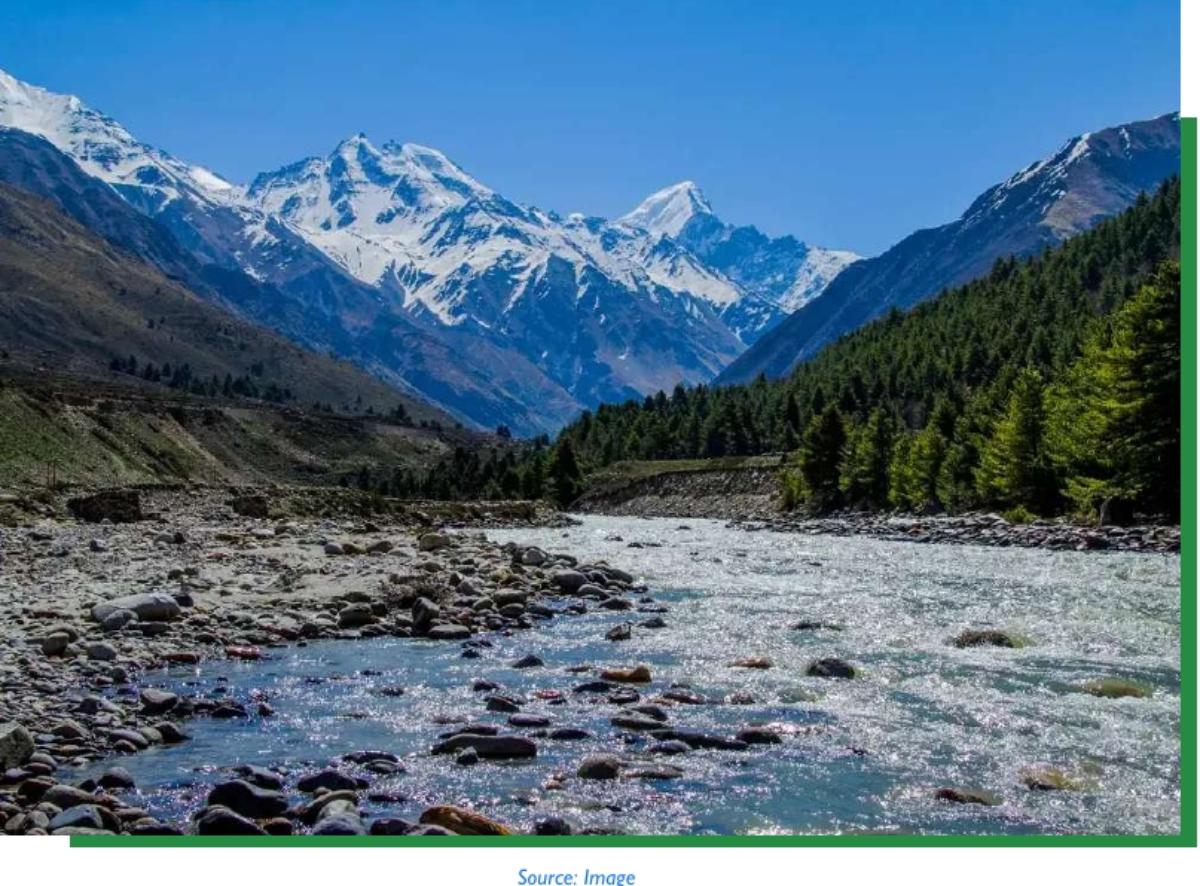The Char Dham Pariyojana is an ambitious project of the government of India to widen about 889 km of highways connecting to four Dhams located in middle and higher Himalayan range of Uttarakhand namely Yamunotri, Gangotri, Kedarnath and Badrinath. It also includes widening of a stretch of Kailash Mansarovar Yatra route from Tanakpur to Pithoragarh. It was communicated that completion of this project will ensure round the year, hassle free travel to these shrines. However, the hasty conception and execution of this project undermined number of social, economic, cultural and ecological consequences.
In February 2018, an environmental organization based in Dehradun filed a complaint before the National Green Tribunal (NGT) as the project had not been cleared in terms of the Environment Impact Assessment (EIA) under the Environment (Protection) Act, 1986. A separate application filed in the court sought direction for precautionary measures to ensure stability of slopes and a compressive muck disposal plan. Petitioners not satisfied with the decision of the NGT in this case, filed appeal in the Supreme Court. The Ministry of Environment, Forest and Climate Change (MoEF&CC) constituted a High Powered Committee (HPC) in pursuance to the direction of the Supreme Court’s final order of August 08, 2018 in this case. The HPC headed by environmentalist Prof. Ravi Chopra was asked to study cumulative and independent impact of the project on the entire Himalayan valley along with nine other specific tasks to minimize the environmental, social, economic and cultural damage due to the construction activities in the project.
The committee has submitted its report in July 2020. This committee was in news for its two different reports. However, the report signed by the Chairperson, clarifies that the rift is only on a particular recommendation relating the width of the road. The report has given space to both opinion and left it to the wisdom of the Supreme Court to decide. More importantly the HPC without any rift in opinion found that the project has already damaged Himalayan ecosystem due to unscientific and unplanned execution. In this article, we have taken committee’s observations verbatim from the final report and reproduced here.
Major Observations of Adverse Environmental and Social Life Impacts
Road Widening
(i) For the most part a uniform double-lane with paved shoulder (NHDL+PS) design standard was adopted by doing hillside cutting.
(ii) Other environmentally less harmful approaches to road widening like the use of valley side filling, provisioning of tunnels, viaducts and snow galleries taking due cognizance of terrain fragility, ecological sensitivity and social concerns have received little attention.
(iii) In urban/built up areas, allowances have been made for the available RoW in congested stretches but the widening has been generally done on one side, even when space has been available on the other side. This has been perceived as being unfair by the affected people.
Hill Cutting:
(i) Vertical or near-vertical cuts have been observed at many locations but without sufficient prior slope vulnerability analysis, enhancing the occurrence of slope failure. On NH125, 102 out of 174 fresh cut slopes were landslide-prone; 44 slope failures had taken place by mid-December 2019.
(ii) Generic type protection measures without consideration of on-site geological and geohydrological conditions, e.g., low breast walls relative to the height of the cut were provided while diversion drains were mostly missing.
(iii) In the first four months of 2020, there were 11 slope failures, almost one a week.
(iv) There were relatively few effective slope treatment sites.
Bypasses, Realignments & Tunnels
(i) The Kund bypass lies in the geologically sensitive MCT zone and passes through an old standing forest. Its existing tectonic faults and lineaments raise doubts about its long-term stability.
(ii) The proposed Lohaghat bypass alignment will severely impact the deodar and oak forests of Kali village Van Panchayat and thereby will discourage Uttarakhand’s old tradition of communities conserving local trees and forests. Similarly the proposed alignments for Champawat and Pithoragarh town bypasses will also lead to felling of precious deodar trees in local forests.
(iii) The proposed bypasses at Netala and Sukhi Top (NH-34/108), Semi (NH-109), Joshimath and Khankra (NH-07/58) have caused tremendous anxiety in communities whose commercial enterprises are going to be bypassed.
Muck Dumping
(i) There is an overall shortfall in sites and muck dumping capacities in several projects. Provisions have not been made for safe disposal of extra muck generated due to slope failures, even at known landslide-prone zones. 27
(ii) Many natural streams are blocked or threatened due to improper muck dumping.
(iii) Most muck dumps have not undertaken adequate stabilization and protective measures.
Environmental Quality
(i) Ambient air quality data reported from 103 locations are within the NAAQ (2009) standards for all the ambient air quality parameters, except for PM2.5 at a few locations. But HPC members saw heavy dust pollution where work was in progress. Local community representatives at Pipalkoti (NH-07/58) and the DM of Chamoli confirmed that this was the usual situation. The overall data presentation creates credibility doubts.
(ii) Little efforts were made to regularly sprinkle water on dust generated during road work.
(iii) Traffic pollution impacts in the Higher Himalaya are not being monitored.
(iv) Sewage treatment and safe sewage disposal facilities were not functioning at Badrinath during the HPC’s visit in October 2019.
Loss of Forests, Trees and Green Cover
(i) Unauthorized muck dumping in forests, rivers and natural drainages threatened the ecology and downhill habitats.
(ii) Losses of forests, trees and green cover due to unanticipated slope failures and unauthorized dumping of muck in forested areas are unaccounted.
(iii) Alternatives to hillside cutting, like valley side filling and widening or the use of appropriate cutting or excavating equipment at sensitive sites to save forests, trees and green cover were mostly not seen.
(iv) The NHDL+PS widened roads have no designed space for roadside plantations.
Impacts on Terrestrial & Aquatic Fauna & Flora
(i) Wildlife values, habitats, wildlife corridors and wildlife safety have been overlooked.
(ii) Felling of trees and large swathes of forests forces resident small fauna, primates, wild pigs, porcupines and snakes into the nearby human settlements endangering human safety and farm productivity.
(iii) Improper muck dumping has destroyed hard to replace riverine ecosystems and damaged aquatic habitats.
Springs & Mountain Water Courses
(i) Inadequate culvert design and engineering at many cross-drainages were observed. The use of under-designed box-type culverts threatens road formation and downhill slopes during high discharge or flood events.
(ii) Subsurface flows at a large number of locations are poorly managed, destabilizing slopes. The absence of diversion drains on most landslide-prone slopes is hazardous.
(iii) Natural springs have been damaged at several locations and roadside springs are not properly managed.
Disaster Management
(i) Inadequate slope protection measures are leading to increasing landslides after rains along the Char Dham routes.
(ii) Proper long-term slope treatment measures have not been seen at many chronic landslide locations like Kunjapuri (NH-94), Swala and Delhi Bend (NH-125), Khat and Banswara (NH109), Lambagar and Benakuli (NH-07/58), etc.
(iii) Subsidence-proneness at Gadora village (NH-58) and Sirmuna village (NH-125) have not been properly assessed before road widening endangering private houses and other structures.
Impacts on Social Life
(i) Footpaths have not provided for teerthyatris on padyatras, especially those on dandavat-saashtaang yatras and for local pedestrians.
(ii) In the absence of formal grievance redressal mechanisms, people’s concerns, e.g., dust pollution, alignments leading to felling of precious trees and forests planted or protected by local communities have remained neglected even when simple alternatives are available.
(iii) Life threats are being perceived from inadequately protected vertical or near-vertical slopes, unstabilized muck dumps – particularly along stream courses or at unauthorized sites uphill from habitations, damages to residential buildings and social infrastructure.
(iv) Difficult access to fodder resources due to felling of trees and forests, or loss of springs water, and anticipated loss of income and enterprise value for existing enterprises due to new bypasses has generated insecurity and anxiety among the affected communities.
The HPC argued that the 900km Char Dham Pariyojana (CDP) was misleadingly broken into 53 smaller project of less than 100km each to evade the necessity of and EIA which is required for any project over 100 km. According to the members all four valleys where these roads exist can be encompassed within a circle of 50km radii, so the impact is cumulative. Given the unstable and fragile nature of the Himalaya, steep and narrow formations of the area, more sensible construction is expected from the Ministry or Road Transport and Highways.
The ultimate purpose of the High Power Committee constituted by the MoEFCC in pursuance of the Supreme Court order is to reduce the environmental, social, cultural and economic loss due to the execution of the project, which was implemented without EIA approvals. In its observation the committee found that the project activities have mercilessly destroyed forest, rivers, streams, land, soil and wildlife. Unscientific constructions, unplanned muck dumping and fresh steep hill cuts have also invited new landslides and other related disasters. It has found that on the NH 125, 102 out of 174 new slop cuts are disaster prone. Despite all these observations, the MoRTH and the implementing agency of the project ignored all interim recommendations of the committee to minimize the Himalayan destruction due to this project. The committee in its report also criticised the MoRTH, implementing agency and district administrations for concealing crucial information and data related to the project.

